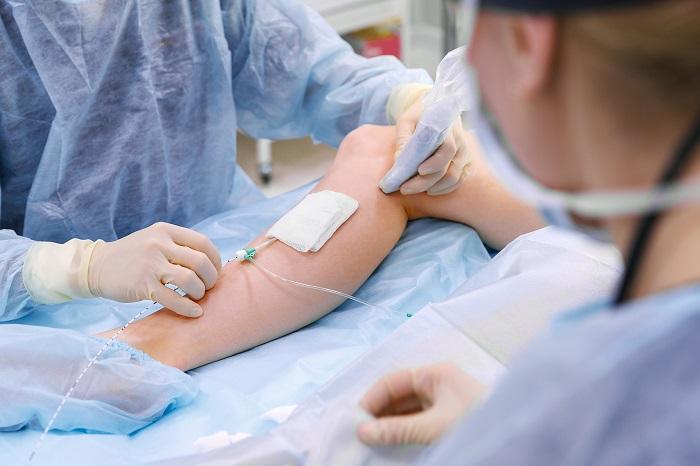
The sun is beating down on your neck, and you’ve started to notice a gradual increase in the swelling of your legs. This isn’t a heatwave problem; it’s a vascular issue. In the world of medicine, there’s a group of unsung heroes who specialize in these complexities, diving into the labyrinth of vessels that is our circulatory system. They are vascular surgeons. Their work is intricate, yet crucial, involving procedures that range from simple non-invasive treatments to complex surgeries. In this blog, we’ll voyage into the world of these medical magicians to understand the different procedures they conduct, and how they work to resolve issues such as houston leg swelling.
Non-Invasive Treatments
Let’s start with the simple stuff. Your vascular surgeon might suggest non-invasive treatments such as medication, lifestyle changes, or compression stockings. These are the first line of defense against vascular problems. They’re like the sentinels of your circulatory system, fighting off the enemy before it can reach the walls of your fortress.
Minimally Invasive Procedures
When the enemy is too strong for the sentinels, it’s time to call in the cavalry. That’s where minimally invasive procedures come into play. These include angioplasty, stenting, and thrombolysis. Imagine a tiny balloon expanding inside your blood vessel to push away the blockage— that’s angioplasty. Stenting involves a small mesh tube that stays in your blood vessel to keep it open, while thrombolysis dissolves blood clots. These procedures are a bit more involved, but still, they’re not as drastic as open surgery.
Vascular Surgeries
But what happens when the walls of the fortress are under siege? That’s when the big guns—vascular surgeries—come into play. Procedures like bypass surgery, endarterectomy, and aneurysm repair are the last line of defense. They’re complex and require a skilled hand, but when it comes to saving your life, they’re worth every bit of the trouble.
The Road to Recovery
Once the battle is over, the road to recovery begins. This might include physical therapy, medications, and regular follow-ups with your vascular surgeon. It’s a journey, but with the right guidance, you’ll be back on your feet— or should I say, your healthy, non-swollen legs— in no time.
So, next time you’re noticing a gradual increase in leg swelling, remember the unsung heroes of medicine— vascular surgeons. They’re the ones who navigate the complex labyrinth of your circulatory system, fighting off enemies and keeping your fortress safe. And with the knowledge of the procedures they conduct, you’ll be prepared to join them in the battle against vascular problems.